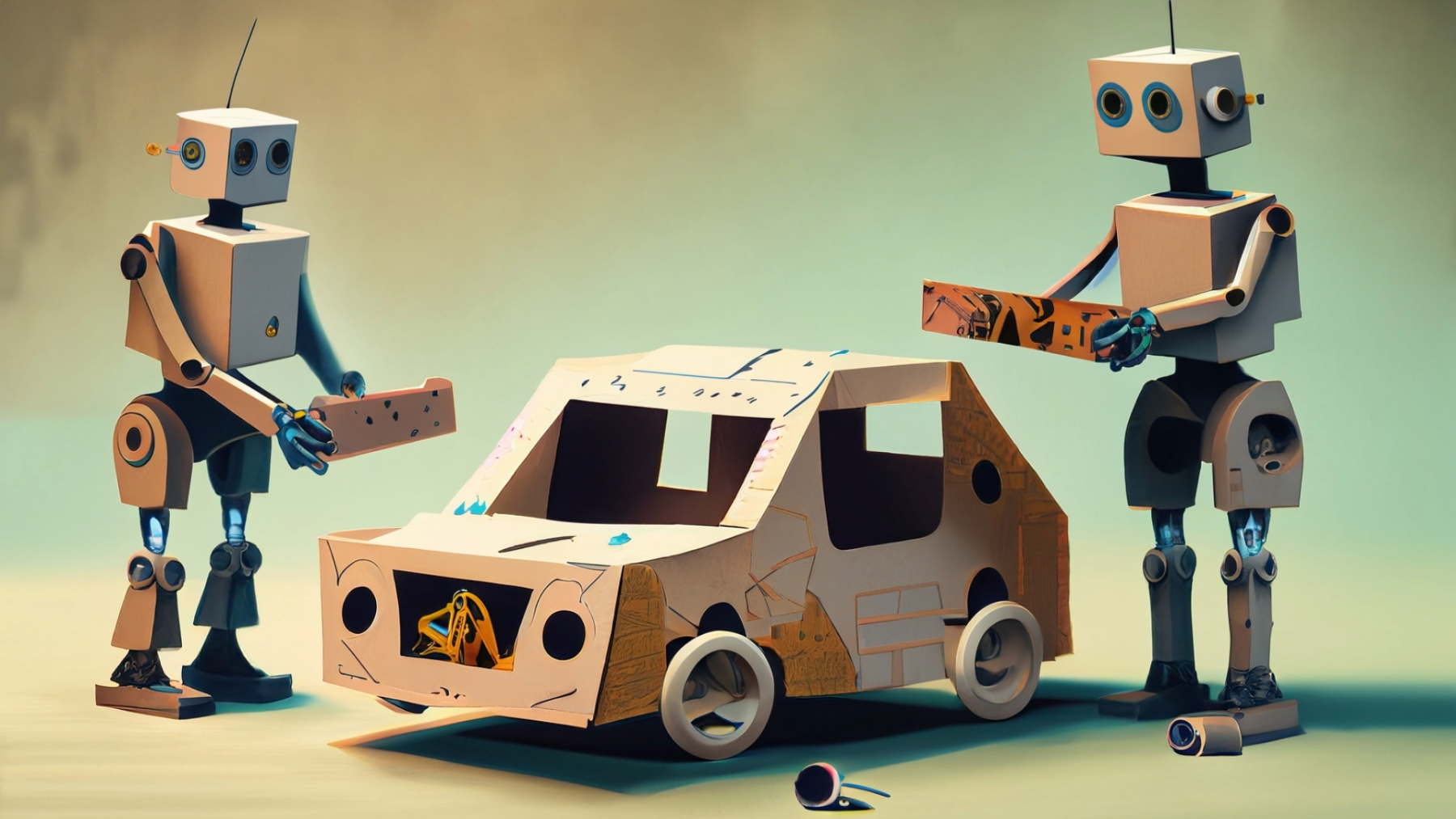
Cardboard Automata Tinkering - STEAM Lesson
by Melany Coates
This engineering design STEAM lesson is intended to be introduced as a playful and inventive approach to learning simple machines. Students explore levers, cams, cam followers, linkages, and other mechanisms in a playful and inventive way to combine art and science. The activity is a good introduction to a variety of mechanisms and systems found in the real world.
For learners, the narrative, decorated aspects of the automata are as important as the mechanical elements. Creativity is just as important as the science behind the creation. Creativity brings intrinsic motivation to learn as well as deepening the learners thought process and connections to content. An inventive mindset is essential for engineers to design new products or improve upon things that have already been created.
Lesson Grade Level
3rd Grade 4th Grade 5th Grade 6th Grade 7th Grade 8th Grade 9th Grade 10th Grade 11th GradeLesson Plan Link/URL
https://docs.google.com/presentation/d/1DVlD8CRuzxRGc4FwjHgpb4kzZ2gAp9Mg/edit?u…Subject Area
Technology 4. Innovative Designer Engineering S2: Apply the Engineering Design Process S4: Apply Science to Engineering English Language Arts (ELA) Speaking & Listening
Featured
Off
Related Content


Grades:
3rd Grade, 4th Grade, 5th Grade, 6th Grade, 7th Grade, 8th Grade, 9th Grade
Engineers often create small-size models of a new product to test its design. This is especially true with airplanes. Model testing tells engineers how a design responds to different air conditions

Grades:
3rd Grade, 4th Grade, 5th Grade, 6th Grade, 7th Grade, 8th Grade, 9th Grade, 10th Grade, 11th Grade, 12th Grade
In this engaging lesson, students explore how size, strength, weight and time constraints can impact space transportation. There are a variety of resources included with this lesson.

